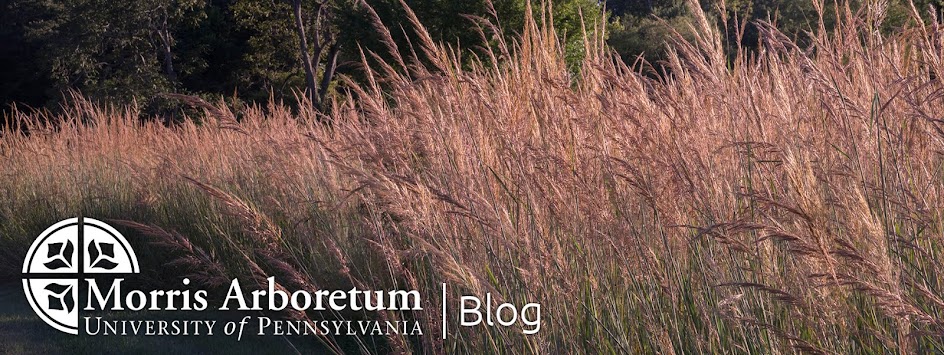If you are like me, you never have enough time to accomplish all of your gardening tasks throughout the year, and eventually those well-behaved shrubs in your garden grow beyond their desired size and start to crowd other plants in the garden. The beauty of growing and pruning deciduous shrubs is that they can be maintained at a desired size through rejuvenative pruning.
The first thing to keep in mind when pruning shrubs is to have the proper (and properly sharpened) tools. These will include a good pair of hand pruners, a pair of loppers, and a hand saw. When it comes to hand pruners, I prefer a good pair of bypass, or scissor pruners, that make smoother and cleaner cuts than anvil type pruners. There are a range of pruning saws available, and again the most important aspect is to have a saw that is specifically designed for pruning and is fitted with a good, sharp blade.
The second most important aspect of pruning is appropriate timing, and this is based on when the plant flowers. Spring flowering shrubs are those that flower before June 15th. These plants set their flower buds on new growth in the previous growing season, and so they should be pruned soon after they flower. Examples of spring flowering shrubs include lilacs, azaleas, and forsythia. Summer flowering shrubs are those that flower after June 15th and set their flowers on new growth formed during the same season. This group includes chastetree (Vitex), bluebeard (Caryopteris), and crape myrtle and these can be pruned in spring, before flowering.

There are many different methods and techniques of shrub pruning, but most overgrown shrubs can be completely rejuvenated in two to three years. The first step is to remove any dead or crossing shoots; after this, prune out approximately one-third of the oldest shoots at the ground. Remove overhanging branches that shade out the lower portions of the plant and tip-back any leggy young shoots. If you repeat this process for three consecutive years, you will have completely rejuvenated your shrub, with the end result being a more robust, healthier, and floriferous plant.
So start thinking now about which of your shrubs could use some pruning this spring, and don’t worry when it comes time to get started. The beauty of shrubs is that they are a lot like dogs – they are very forgiving and they always come back with enthusiasm.
To learn more about pruning, join one of our upcoming horticulture classes.

No comments:
Post a Comment